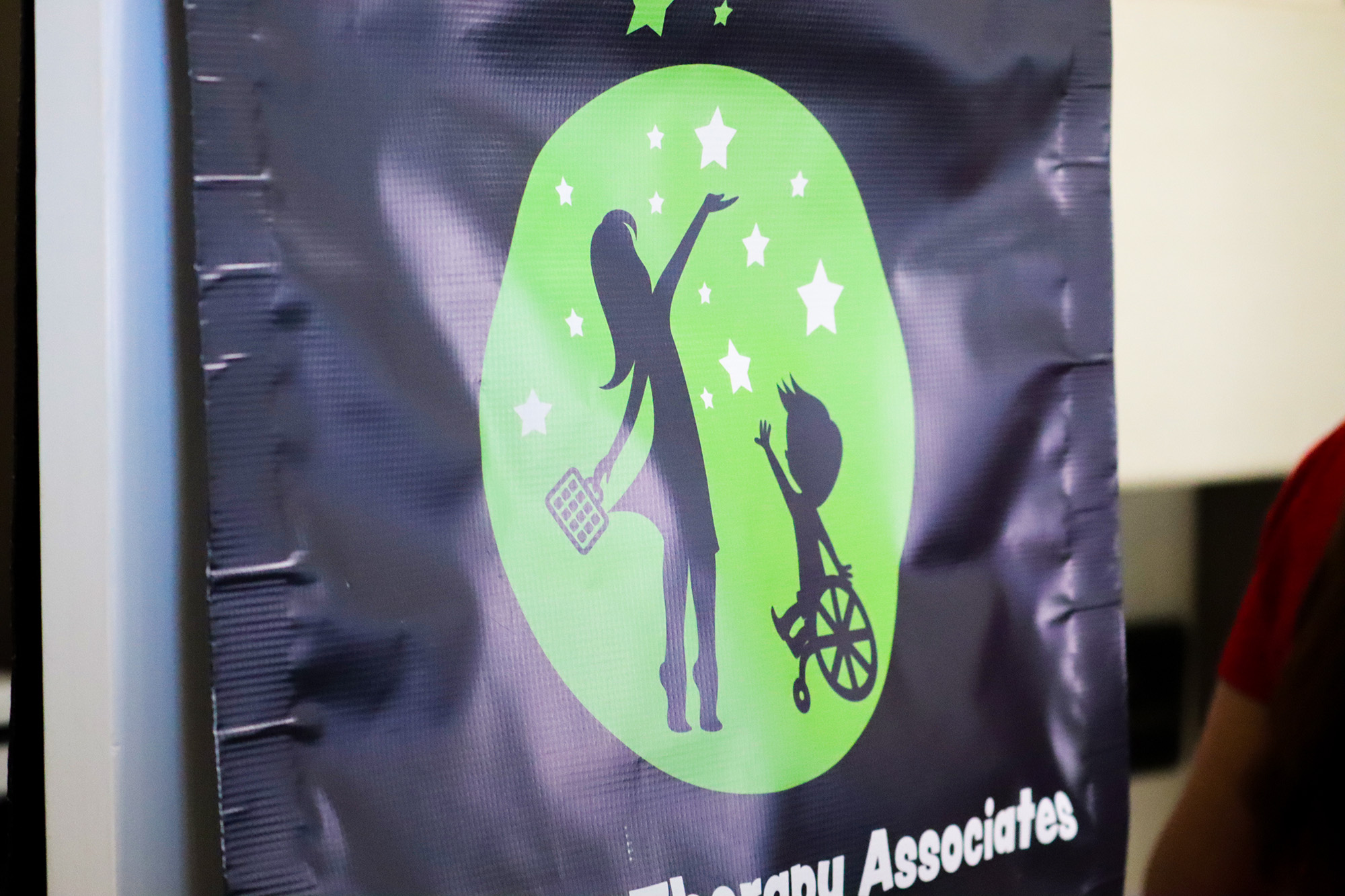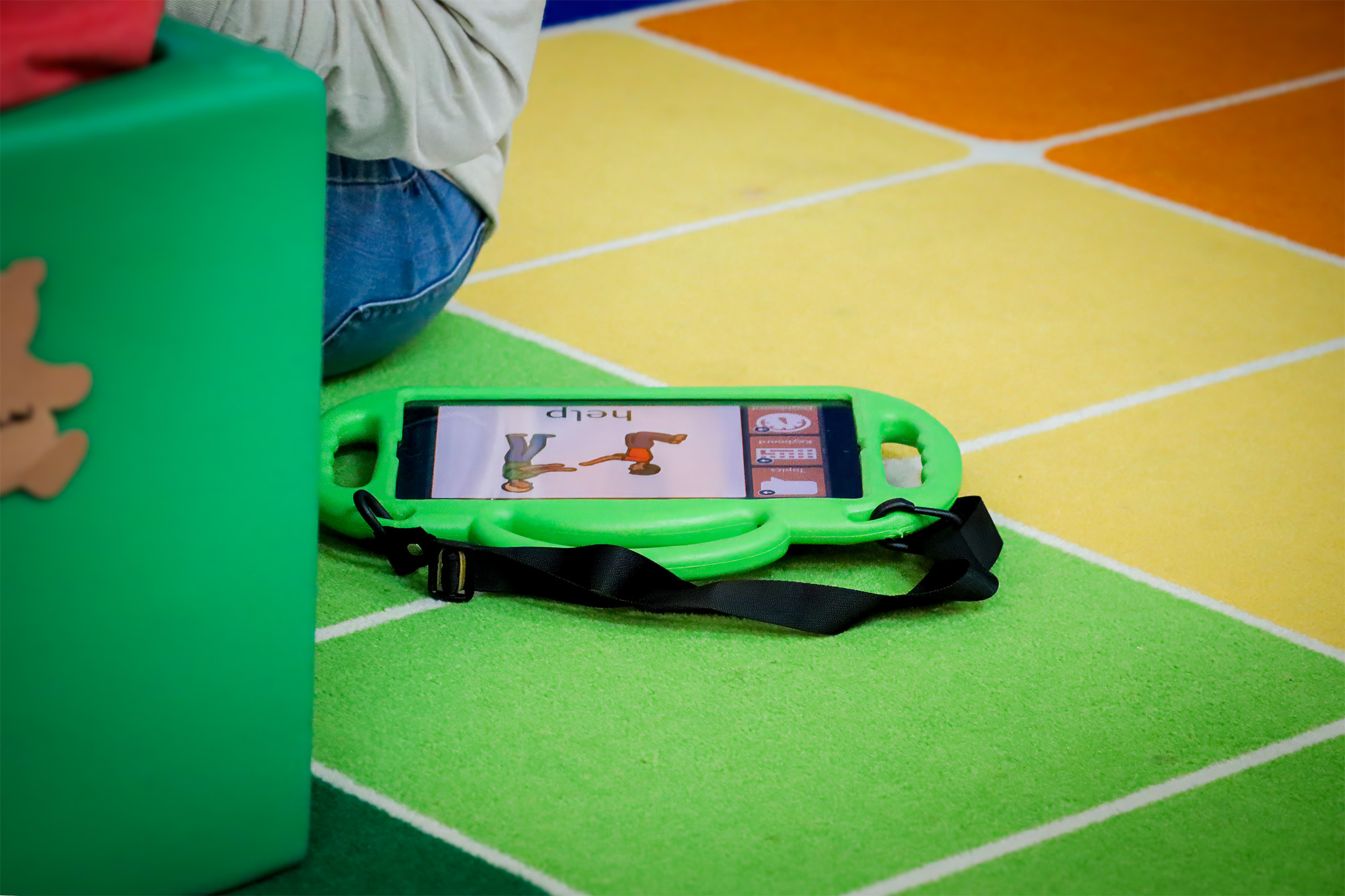Part 7 in our Series on Dismantling Societal Barriers to Communication Research
Over the past few weeks, we’ve walked through AAC research article —“Dismantling Societal Barriers that Limit People Who Need or Use AAC” by Janice Light, Susan Fager, Jessica Gormley, Glenda Watson Hyatt, and Erik Jakobs.
We’ve explored six barriers that go beyond individual skill or device setup:
• Policy and Practice Barriers
• Technology Barriers
• Attitude Barriers
• Knowledge and Skill Barriers
• Social Isolation
• And the powerful role of inclusion, advocacy, and representation
What this article makes clear is that communication access isn’t just about what’s on the device. It’s about everything that surrounds the person using it: how they’re seen, what they’re offered, and whether they’re given real chances to participate.
So—what’s next?
⸻
Future Directions (And What That Means for Us)
The authors are calling for a shift: away from research that focuses solely on the AAC user and toward a broader, inclusive movement to change the world around them.
And we have a role in that.
Here’s what the research recommends—and how we can start making it real, right now:
⸻
✅ Build Inclusive Research and Design Teams
What the researchers said: AAC users need to be leading the way in future research, technology design, and training—not just included as participants or “test cases.”
What we can do: Invite AAC users to share their stories at conferences, in staff trainings, and on advisory boards. Start every project by asking: “Who is this for—and are they at the table?” In our schools, a tiny step in the right direction is making sure our AAC users are an active part of decision making about their communication, by including them actively in their own IEPs, getting their input regarding the type and features of the AAC system you are presenting, even if this means supporting them by offering accessible choices and actively watching to understand what they like and what they reject.
⸻
✅ Collect Better Data—and Use It
What the researchers said: We can’t improve services if we don’t know who’s getting them—or who isn’t.
What we can do: Ask your school, clinic, or district: Are we tracking which students use AAC? Are we noticing patterns in who gets referred? Let’s push for transparency and equity in access. Decisions should not be made based on social economic status, skin color, age or placement in services.
⸻
✅ Shift Our Training Models
What the researchers said: Many professionals feel underprepared to support AAC—and the training they receive doesn’t always include what matters most.
What we can do: Advocate for pre-service and in-service training that includes strategy-based partner instruction and direct learning from AAC users. Use resources like the AAC Learning Center, PrAACtical AAC website, our own AAC Training Website, and device manufacturer blogs, training videos and websites.
⸻
✅ Invest in Belonging, Not Just Access
What the researchers said: Inclusion must go beyond physical presence. It must foster belonging, identity, and connection.
What we can do: Make social goals part of every plan. Prioritize peer interactions and community participation. Celebrate personality, humor, and self-expression—not just vocabulary or prompt responses.
⸻
✅ Be the Ally Who Asks the Question
One of the most powerful lines in the article came from Glenda Watson Hyatt, who reminded us that AAC users need allies to increase the volume of their voices:
“Are AAC users at the table?”
Are they in the room when IEPs are written, policies are changed, or curriculums are developed? Are they helping to train the next generation of SLPs and educators?
Let that be the question we carry into every meeting, every decision, every plan.
⸻
A Final Thought to Carry With You
Bob Williams, a lifelong AAC user, put it simply:
“Our disabilities, of course, limit and modify the ways we live. Deep-rooted societal and professional biases, however, can and do cripple our lives far more.”
We can change that.
Let’s stop focusing only on “fixing” the communicator—and start fixing the environment. Let’s raise expectations, remove limits, and build communities where everyone is heard.
And let’s do it together.
Thank you for joining me in this journey. Now let’s go out there and make communication truly possible—for every voice.

















